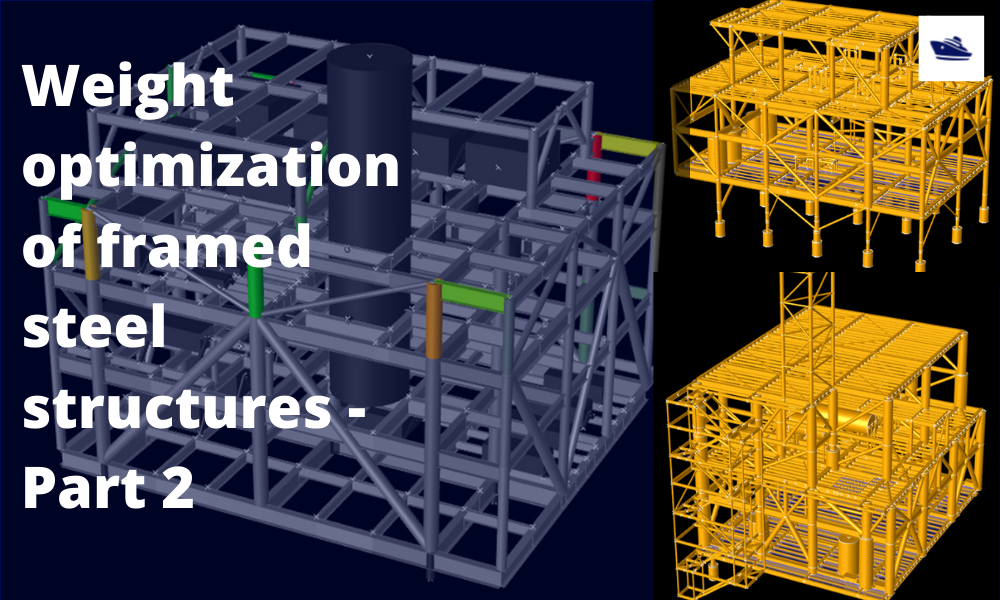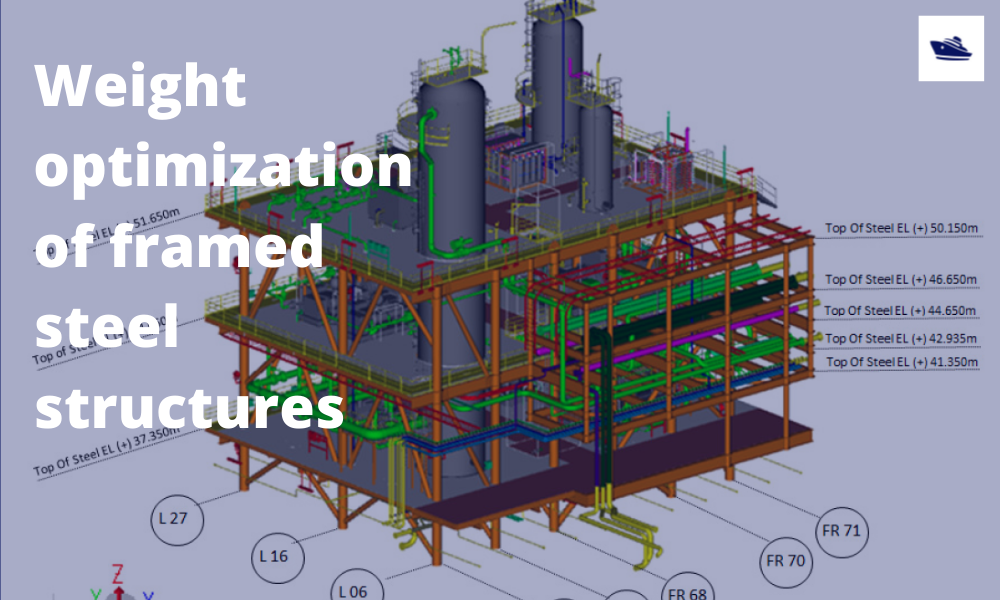This is a follow-up article to the previous article on Framed Structures Optimization....


This is a follow-up article to the previous article on Framed Structures Optimization....

1 Abstract A semi-automated structural weight optimization system is presented for framed structures of post and...

Introduction Rising sea level is an existential threat for many coastal cities. The sea is rising subtly but...
Introduction A keyless propeller, as the name implies, requires no key for fastening the propeller on the cone of the...
Introduction Fillet welds are the most commonly used weld types in marine structures. A fillet weld is used when there...
Introduction Stanchions – a familiar term for mariners and ship designers. What are Stanchions? A stanchion is...
Introduction Bolts are very commonly used fastening items and used in a variety of configurations. In this...
Introduction Marine transport is the backbone of the global trade and reasonably can be considered to be the...
This is Part 2 of the two-part series on Bulbous Bows. For Part 1, click here By Tamal Mukherjee, *This...
Introduction The longitudinal strength of a vessel is integral to its evaluation for a given purpose. To get an...
Introduction Freeboard is a common term used in vessel operations. Freeboard is the smallest vertical distance between...
Barges are the simplest, and yet most widely used of marine vehicles. They are used for a variety of purposes ranging...